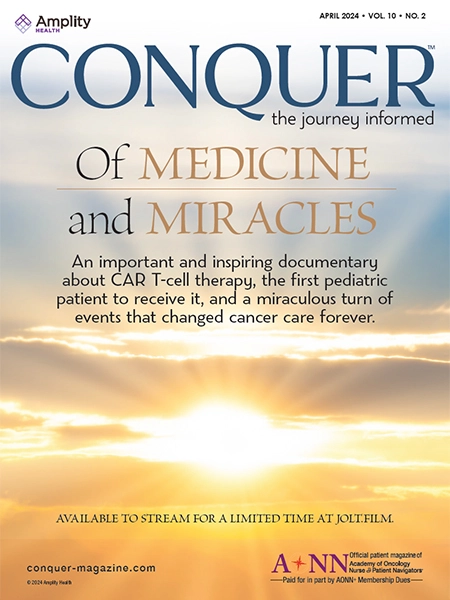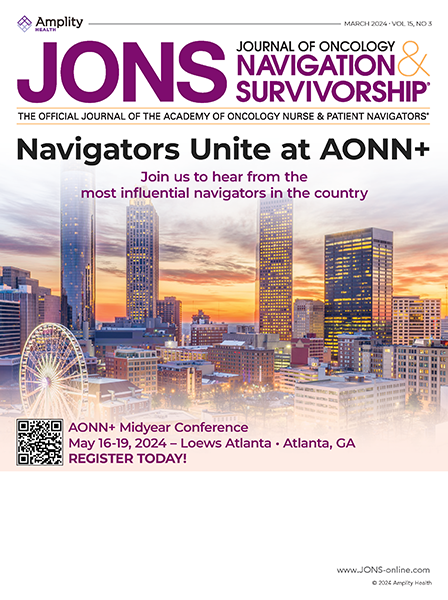Articles & White Papers
Reading and Reflecting
Do you ever read the latest research studies and ponder that if you took a conclusion from one study and combined it with a conclusion from another, there might be an avenue for better navigation? This might be a hazard of reading too many findings at one setting!
Barrier Assessment
It is enjoyable to visit other navigation programs and to see the unique processes that are being utilized to help patient’s access healthcare systems and move through the treatment trajectory.
Questionable Economic Impact on Cancer Survival
After reading a synopsis on how budget cuts could impact healthcare, a parallel thought is how the economy could influence cancer survival rates. What will the future bring and what is the impact on navigation?
What Do You Do?
After a recent navigation presentation, a participant approached me and commented, “Thank you, now I understand what our navigator does in her role.” The comment caused me to reflect...could that be the case where many of us work? Do people in our healthcare system know what we do?
The Burden of Cancer: Part 1
A recent article in CA: A Cancer Journal for Clinicians (March/April 2011), “Global Cancer Statistics,” reviewed the burden of cancer. Sadly, the disease continues to rise due to non-modifiable and modifiable factors. Despite the “youth promising” cosmetics, pills, and lotions, aging is inevitable and with increased age comes a higher likelihood of getting cancer.
The Burden of Cancer: Part 2
A recent article in CA: A Cancer Journal for Clinicians (March/April 2011), “Global Cancer Statistics,” called for diet modification and encouraged physical activity to help reduce the global cancer burden. A dietitian referral from navigators is appropriate as part of the treatment and survival plan.
Patient Navigation Becomes New Standard for Cancer Program Accreditation
Patient navigation and care coordination have been a focus in healthcare for several years because of the fragmentation that commonly occurs among access, diagnosis, and treatment. This strong national movement has evidence-based research to support the need, which has led cancer program-accrediting bodies to add patient navigation as a required standard.
What Do Navigators Do?
When working with systems that are contemplating a navigation program or when navigators visit our site because they have been hired to navigate but can not seem to find their niche, this is a question everyone asks at the beginning. It is stressed throughout the navigation world that there is not a standardized navigation program that can fit everywhere.
Thoracic Oncology Navigation: Introduction
Approximately, 5 years ago I applied for a job as a Lung Cancer Nurse Coordinator. My experience in oncology included working as a radiation oncology nurse and an infusion nurse. To be honest, I wasn't quite sure what the new job entailed, but I was anxious to move on to something new.
Starting a State Navigation Network
With 1,479,350 people projected to be diagnosed with cancer this year, what is the chance that the majority will come in contact with a form of patient navigation? 50%? Or if narrowed to a nurse navigator, maybe 25%? At current, there is no way to calculate that number, but with more cancer programs initiating patient navigation programs, the vision is to increase their chance.
Thank You to Our Corporate Sponsors and Alliance Partners!
-

Major Corporate Sponsor
-

Patron Corporate Sponsor
-

Patron Corporate Sponsor
-

Patron Corporate Sponsor
-
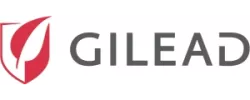
Industry Relations
Council Member -
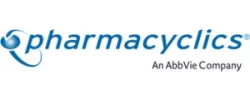
Industry Relations
Council Member -

Industry Relations
Council Member -
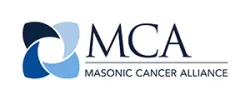
National Alliance Partner
-
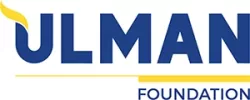
National Alliance Partner
-

National Alliance Partner
-

National Alliance Partner
Privacy Notice | Terms of Use
© 2009- DBA AONN+ Academy of Oncology Nurse & Patient Navigators® | PO Box 563, Cranbury, NJ 08512 |
AONN+ DBA AONN+ is a 501(c)(6) organization under federal tax guidelines. AONN+ Foundation for Learning, Inc. a 501(c)(3) organization under federal tax guidelines.
AONN+ Advantage, LLC, a wholly owned subsidiary of AONN+.

